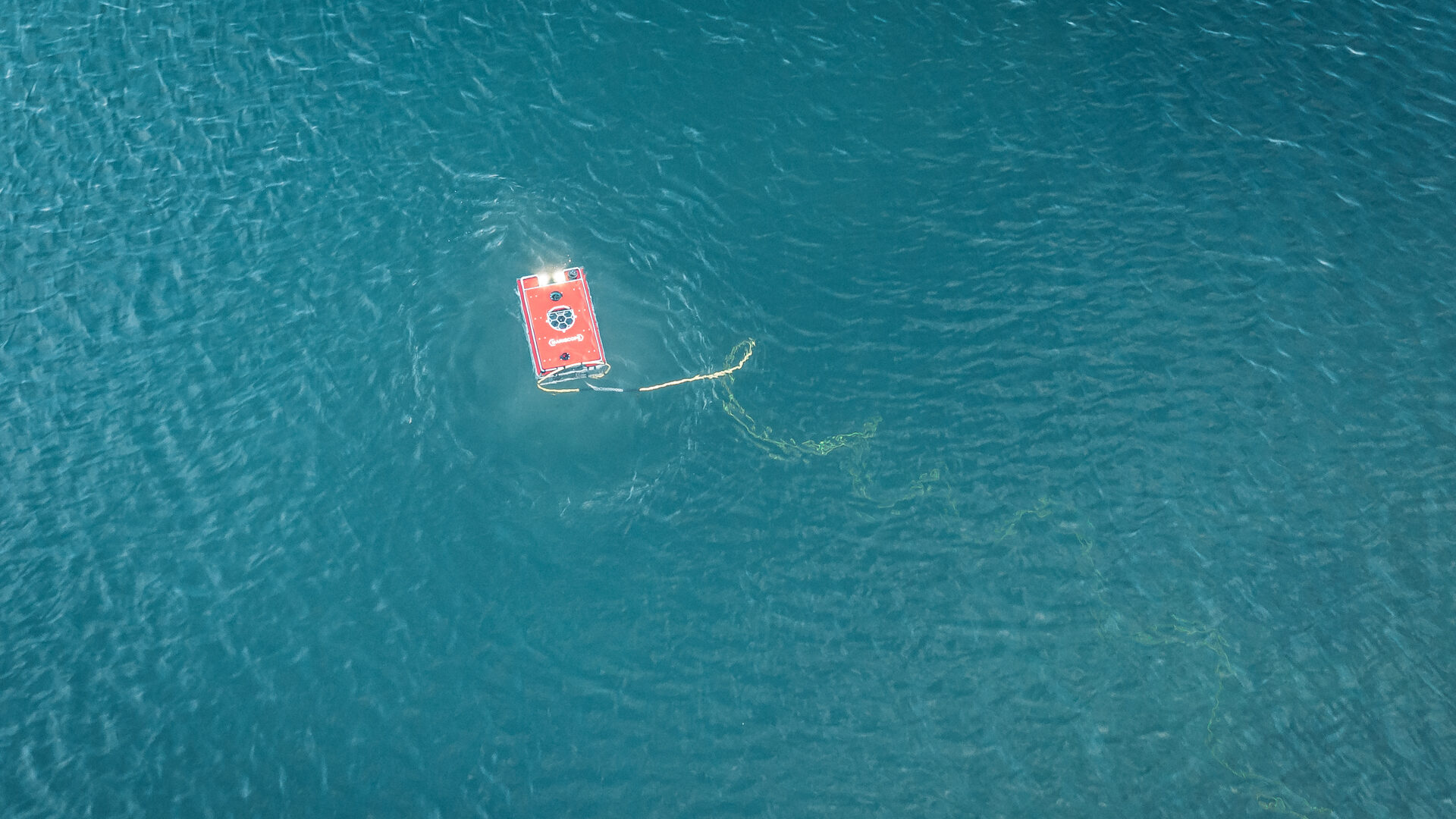Archaeology
Marine technology plays a crucial role in underwater archaeology, which is the study of human activity and culture through the investigation of submerged artifacts, structures, and landscapes.
Sonar and Magnetometers: Marine archaeologists use sonar and magnetometers to map the seafloor and locate submerged archaeological sites. These tools help to create detailed 3D images of the seafloor and identify any man-made structures that may be hidden beneath the surface.
Remotely Operated Vehicles (ROVs): ROVs are underwater robots that are controlled by a human operator on the surface. They are equipped with cameras, lights, and other sensors that allow archaeologists to explore and document underwater sites without disturbing the artifacts. ROVs can also be used to retrieve small objects or take samples.
Sonar and Magnetometers: Marine archaeologists use sonar and magnetometers to map the seafloor and locate submerged archaeological sites. These tools help to create detailed 3D images of the seafloor and identify any man-made structures that may be hidden beneath the surface.
Remotely Operated Vehicles (ROVs): ROVs are underwater robots that are controlled by a human operator on the surface. They are equipped with cameras, lights, and other sensors that allow archaeologists to explore and document underwater sites without disturbing the artifacts. ROVs can also be used to retrieve small objects or take samples.
Exploring the submerged treasures
Cutting edge technology is a need








